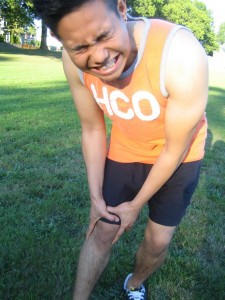Osteophytes are bony lumps or spurs that form on the bones of the spine or around the joints. Generally, they develop close to the joints affected by osteoarthritis.
The osteophytes can form any bone, but they are often found in the following:
- Neck
- Knee
- Shoulder
- Foot or heel
- Lower back
- Big toe or fingers
What are the indications?
Always bear in mind that osteophytes do not trigger any symptoms in most cases. They start to trigger issues if they:

- Rub or drive against other tissues or bones
- Crush any adjacent nerves
- Limit movement
What are the causes?
Osteophytes are likely to form if the joints are affected by arthritis. It is important to note that osteoarthritis impairs the cartilage which is the durable, flexible tissue lining the bones and enables easy movement of the joint.
Osteoarthritis generally affects the knee, spine, hips and small joints of the hands and base of the big toe.
As the joints are impaired increasingly, new bone might form around the joints which are called as osteophytes. These are likely to form in the spine due to ankylosing spondylitis.
Management of osteophytes
Osteophytes do not trigger any pain or discomfort but the associated arthritis can. For relief from the pain, over-the-counter pain medications can be given to reduce the swelling and inflammation.
For those who are overweight, cutting down weight can help in alleviating some of the strain from the joints. Working with a physiotherapist can also suggest suitable exercises to strengthen the muscles as well as help improve the range of movement.
Surgery is oftentimes suggested to manage any underlying arthritis. This is beneficial for osteoarthritis that affects the knees, hips or joint at the base of the thumb.
